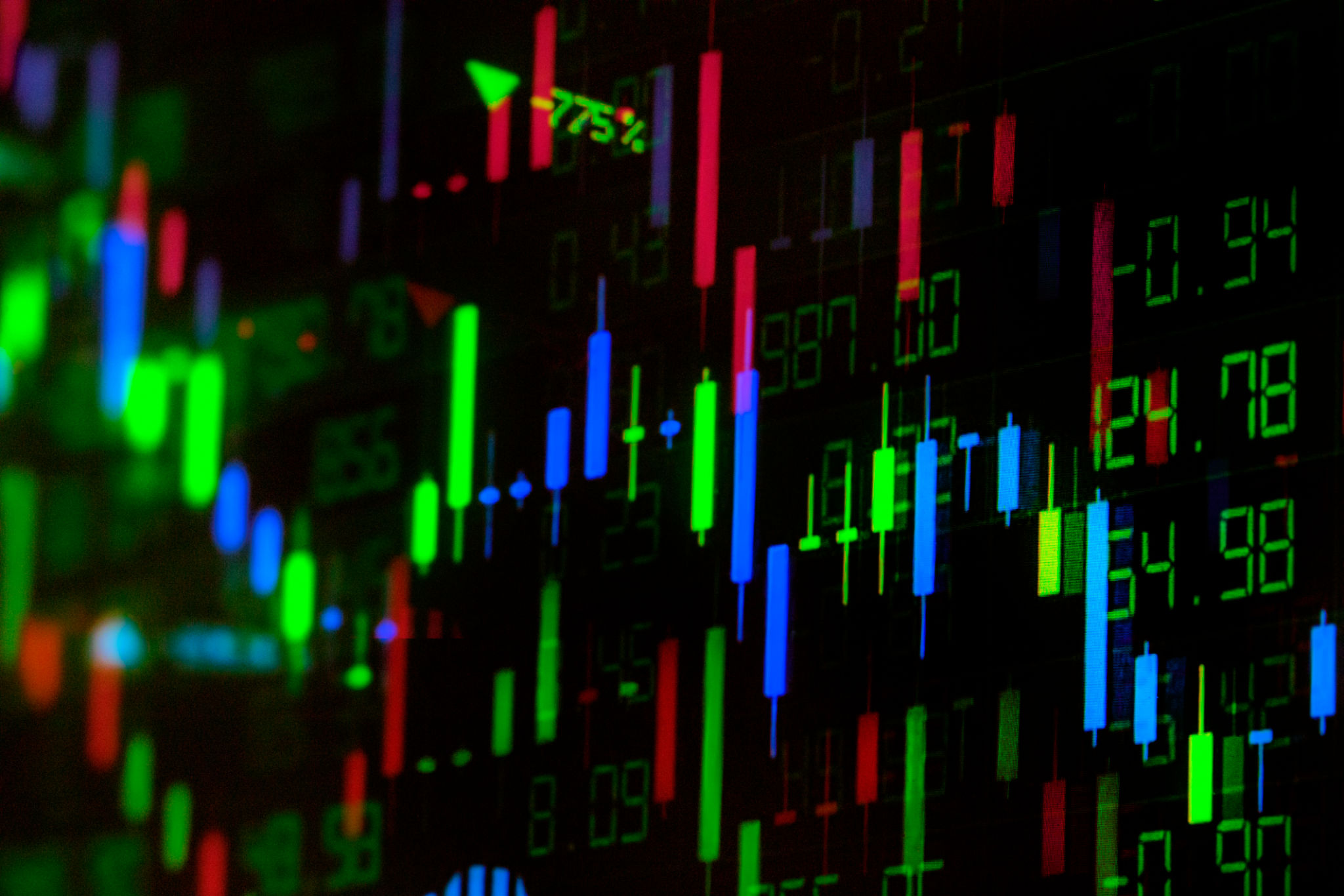The Role of Technology in Modern Trading: Innovations and Tools
The Evolution of Trading in the Digital Age
The landscape of trading has significantly transformed over the past few decades, driven largely by technological advancements. From the traditional open outcry system to digital platforms, technology has revolutionized how traders interact with financial markets. Today, traders have access to a plethora of tools and resources that were unimaginable just a few decades ago.
One of the most significant changes has been the transition from physical trading floors to electronic trading platforms. This shift has not only increased efficiency but also democratized access to financial markets. Now, individual traders can participate alongside institutional investors from anywhere in the world.

Algorithmic Trading: The Power of Automation
Algorithmic trading, which utilizes computer programs to execute trades based on predetermined criteria, has become a cornerstone of modern trading. This method allows for rapid trade execution and can process vast amounts of data more quickly than a human could. As a result, algorithmic trading accounts for a substantial portion of total trading volume in many markets.
The benefits of algorithmic trading include reduced transaction costs, minimized human error, and the ability to backtest trading strategies on historical data. Traders can develop algorithms based on technical indicators, statistical arbitrage, or other quantitative methods to optimize their strategies and improve performance.

Real-Time Data and Analytics
In today's fast-paced trading environment, access to real-time data and analytics is crucial. Modern trading platforms provide traders with up-to-the-second information on market conditions, price movements, and economic indicators. This data-driven approach enables traders to make informed decisions quickly, which is essential for capitalizing on market opportunities.
Advanced analytics tools enhance this further by offering insights derived from big data and machine learning. These tools can identify patterns and trends that might not be immediately visible to the human eye, giving traders a competitive edge.
The Rise of Mobile Trading
Mobile trading has emerged as another significant innovation, allowing traders to monitor and execute trades on-the-go. With the proliferation of smartphones and tablets, traders are no longer tied to their desks. Instead, they can stay connected to the markets at all times, ensuring they never miss an opportunity.

Mobile trading apps offer features such as real-time alerts, market news, and customizable watchlists. As mobile technology continues to evolve, we can expect further enhancements in user experience and functionality for traders.
Blockchain and Cryptocurrency
The advent of blockchain technology and cryptocurrencies has introduced new dimensions to modern trading. Blockchain’s decentralized nature offers transparency and security, making it an attractive option for traders seeking alternatives to traditional financial systems.
Cryptocurrency trading platforms have gained popularity, enabling users to trade digital assets 24/7 across global markets. As blockchain technology continues to evolve, it may further disrupt traditional trading models and introduce innovative solutions to existing challenges.

The Future of Trading Technology
Looking ahead, the role of technology in trading is poised to expand even further. Innovations such as artificial intelligence (AI) and quantum computing hold the potential to transform trading strategies and operations. AI could enhance predictive modeling and risk assessment, while quantum computing might revolutionize data processing speeds.
Moreover, as regulatory frameworks adapt to these technological advancements, we can anticipate a more integrated and secure global trading environment. Traders who embrace these changes will likely benefit from improved efficiency and profitability.
In conclusion, technology continues to play a pivotal role in shaping modern trading practices. By leveraging new tools and innovations, traders can gain deeper insights into market dynamics and execute strategies with greater precision and confidence.